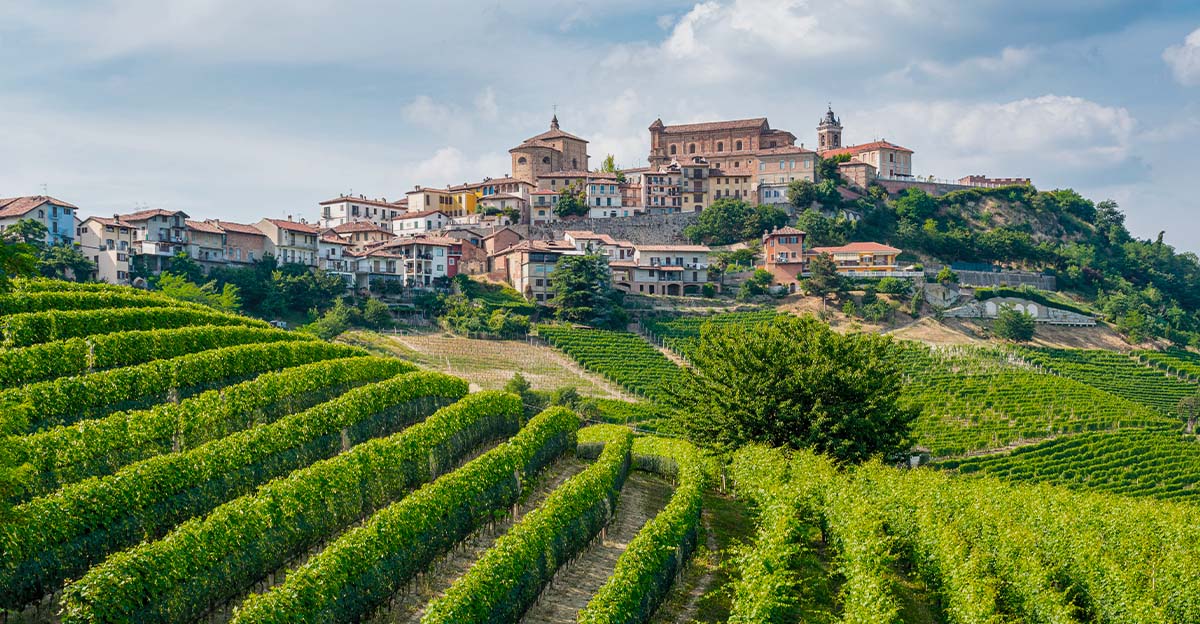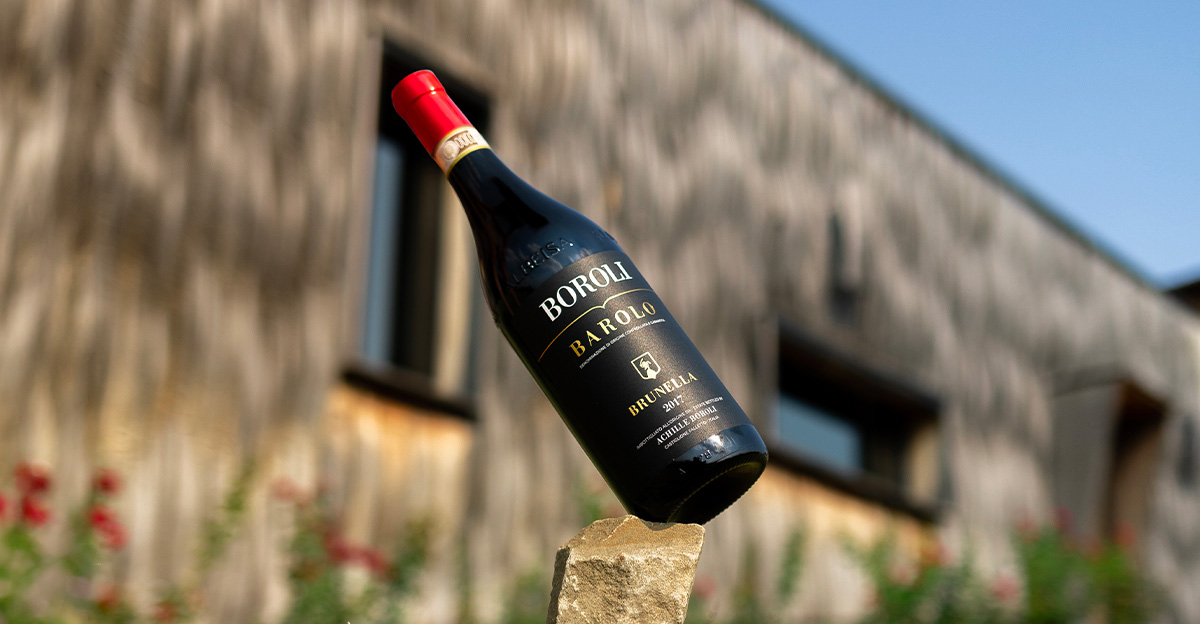Like all productive sectors, the wine industry has been heavily influenced by the Covid-19 pandemic and its consequences. The restrictions and lockdowns imposed in many countries have led to a significant change in wine consumption behaviors, both locally and globally. In this article, we will examine how wine consumption has changed after the pandemic and what emerging trends are occurring in the industry.
Wine consumption before vs. during the pandemic
Prior to the arrival of Covid-19, wine consumption was predominantly linked to social occasions and specific places such as wineries, restaurants, bars, and nightlife venues. However, 2020 changed the game and brought about significant changes in the way wine is enjoyed.
During the pandemic, with people forced to spend much more time indoors, there has been an increase in domestic wine consumption. Many started pouring themselves a good glass of wine to relax, socialize with family members and roommates, or simply enjoy a moment of personal pleasure and escape the monotony of lockdown. This has resulted in a significant increase in online wine sales.
Domestic consumption: how has it evolved?
Domestic wine consumption has become a tangible trend during the pandemic, leading to increased sales and greater attention to the online wine retail sector.
Many producers have had to adapt to this new reality and expand their online offer, providing home delivery services and creating virtual tasting experiences. Additionally, many consumers have shown a growing interest in quality wine, seeking unique labels and niche wines with just a click. This trend has survived the pandemic peaks and continues to persist, suggesting that consumers may have developed new wine consumption and enjoyment habits.
Online wine sales: the trend of recent years
Online wine sales have been one of the main trends in the wine industry in recent years. E-commerce has also opened up new opportunities for small producers, allowing them to reach a wider audience and promote their products globally. This has led to greater diversification in the wine market, especially for labels from lesser-known regions or from small producers.
However, it is important to note that the increase in sales has also presented significant challenges, such as fierce competition among brands and the need to ensure the quality and authenticity of wines sold online. Therefore, it is essential for producers and online retailers to maintain high standards of quality and adapt to the needs and expectations of consumers.






